Filter by
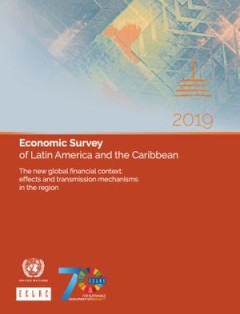
Economic Survey of Latin America and the Caribbean 2019 : The new global fi…
The 2019 edition of the Economic Survey of Latin America and the Caribbean consists of three parts. Part I outlines the region’s economic performance in 2018 and analyses trends in the early months of 2019, as well as the outlook for the rest of the year. It examines the external and domestic factors that have influenced the region’s economic performance, analyses the characteristics of eco…
- Edition
- -
- ISBN/ISSN
- 9789211220209
- Collation
- -
- Series Title
- -
- Call Number
- 650
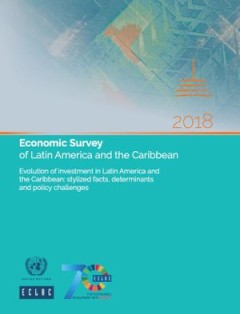
Economic Survey of Latin America and the Caribbean 2018 : Evolution of invest…
The 2018 edition of the Economic Survey of Latin America and the Caribbean, its seventieth issue, consists of three parts. Part I outlines the region’s economic performance in 2017 and analyses trends in the early months of 2018, as well as the outlook for the rest of the year. It examines the external and domestic factors that have influenced the region’s economic performance, analyses the…
- Edition
- -
- ISBN/ISSN
- 9789211219975
- Collation
- -
- Series Title
- -
- Call Number
- 650
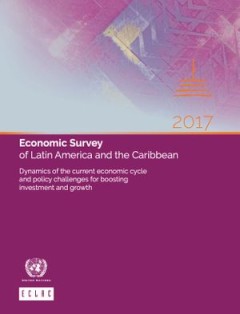
Economic Survey of Latin America and the Caribbean 2017 Dynamics of the curr…
The 2017 edition of the Economic Survey of Latin America and the Caribbean consists of three parts. Part I outlines the region’s economic performance in 2016 and analyses trends in the early months of 2017, as well as the outlook for the rest of the year. It examines the external and domestic factors that have influenced the region’s economic performance and draws attention to some of the m…
- Edition
- -
- ISBN/ISSN
- 9789211219609
- Collation
- -
- Series Title
- -
- Call Number
- 650
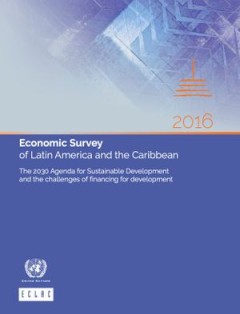
Economic Survey of Latin America and the Caribbean 2016 : The 2030 Agenda for…
This, the sixty-eighth edition of the Economic Survey of Latin America and the Caribbean, which corresponds to the year 2016, consists of three parts. Part I outlines the region’s economic performance in 2015 and analyses trends in the first half of 2016, as well as the outlook for the rest of the year. It examines the external and internal factors influencing the region’s economic performa…
- Edition
- -
- ISBN/ISSN
- 9789211219197
- Collation
- -
- Series Title
- -
- Call Number
- 650
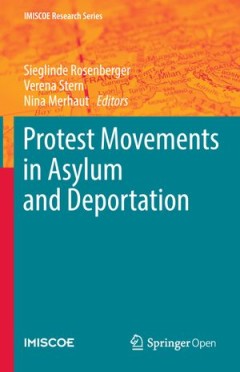
Protest Movements in Asylum and Deportation
Protest mobilization and outcome; Political participation; Emotions and social ties; Deportation nation; Refugees; Pro-migrant protest; Anti-migrant protest
- Edition
- -
- ISBN/ISSN
- 9783319746951
- Collation
- -
- Series Title
- -
- Call Number
- 320.17 MER p
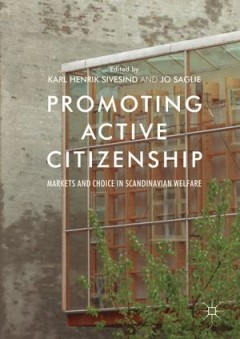
Promoting Active Citizenship: Markets and Choice in Scandinavian Welfare
employment; social policy; care; decentralization; service users; vouchers; welfare reform
- Edition
- -
- ISBN/ISSN
- 9783319553801
- Collation
- -
- Series Title
- -
- Call Number
- 302.2 SIV p
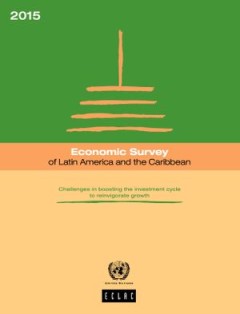
Economic Survey of Latin America and the Caribbean 2015 : Challenges in boost…
The 2015 edition of the Economic Survey of Latin America and the Caribbean consists of three parts. Part I outlines the region’s economic performance in 2014 and analyses trends in the first half of 2015, as well as the outlook for the rest of the year. Part II analyses the dynamics of investment in Latin America and the Caribbean, the relationship between investment and the business cycle, t…
- Edition
- -
- ISBN/ISSN
- 9789211218954
- Collation
- -
- Series Title
- -
- Call Number
- 650
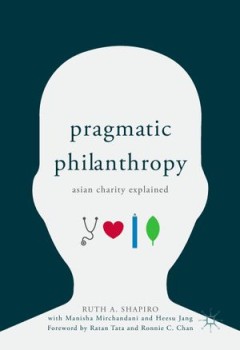
Pragmatic Philanthropy: Asian Charity Explained
Asian Philanthropy and Charitable Organizations; Social Investment in Asia; Social Delivery Organizations; Relationships and Philanthropy in Asia; Ultra-high Net-worth Individuals in Asia; How Social Investment Works in Asia; Impact of Charitable Giving in Asia; Relationship with Elites and Social Investment in Asia
- Edition
- -
- ISBN/ISSN
- 9789811071188
- Collation
- -
- Series Title
- -
- Call Number
- 950 SHA p
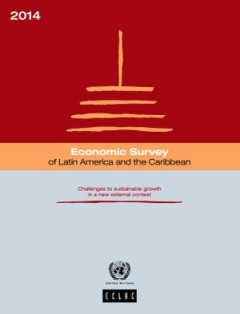
Economic Survey of Latin America and the Caribbean 2014 : Challenges to susta…
The 2014 edition of the Economic Survey of Latin America and the Caribbean consists of three parts. Part I considers the economic performance of the region in the first half-year as well as the outlook for the year as a whole, against the backdrop of a world economy marked by opportunities and setbacks. The causes of the modest economic growth forecast for the year are examined and attention is…
- Edition
- -
- ISBN/ISSN
- 9789211218626
- Collation
- -
- Series Title
- -
- Call Number
- 650
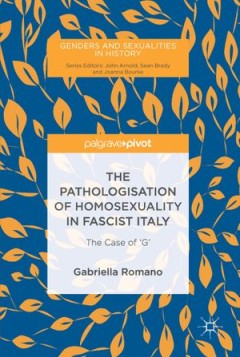
The Pathologisation of Homosexuality in Fascist Italy
This open access book investigates the pathologisation of homosexuality during the fascist regime in Italy through an analysis of the case of G., a man with "homosexual tendencies" interned in the Collegno mental health hospital in 1928. No systematic study exists on the possibility that Fascism used internment in an asylum as a tool of repression for LGBT people, as an alternative to confineme…
- Edition
- -
- ISBN/ISSN
- 9783030009939
- Collation
- -
- Series Title
- -
- Call Number
- 306.8 ROM p
 Computer Science, Information & General Works
Computer Science, Information & General Works  Philosophy & Psychology
Philosophy & Psychology  Religion
Religion  Social Sciences
Social Sciences  Language
Language  Pure Science
Pure Science  Applied Sciences
Applied Sciences  Art & Recreation
Art & Recreation  Literature
Literature  History & Geography
History & Geography